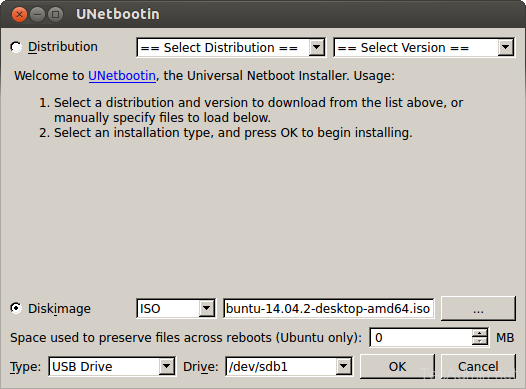

Define a password for the encrypted volume (you will need to enter this password any time you boot from the Mint USB). Here is where you want to choose "Guided - use entire disk and set up encrypted LVM". Click through the installer until you get to Disk Setup.Now back in Terminal, start the Mint installer by running.For example, this 8 GB thumb drive is mounted at /dev/sdb: Under the name of the drive you can find the mount point. The drive details will be displayed on the right. Click on the thumb drive that you just plugged in (it should be listed under the Devices list in the Disk GUI). Plug in the USB drive and open Disks (Menu > Disks) to see where Mint has mounted the drive.Now it's time to plug in your USB 3.0 drive and install Mint to the drive with LUKS enabled: It's time to enable LUKS in Ubiquity, the Mint installer: Linux Live (LiLi) USB Creator is a great open source program to create Linux USBs from within Windows.

If not running Windows, you can find other methods for applying the ISO to a USB here: Once downloaded, either burn the ISO to a CD or download LiLi and create a bootable Mint Live USB. I went with 64-bit Cinnamon but the other choices are fine if you are particular. Once you have a swift USB drive to host the Mint partition, you will want to grab the latest version of the Mint ISO. I tried cheaper USB 3.0 drives but couldn't break 7 MB per second, which is really slow for hosting an OS and the performance was only slightly bearable. Using HD_Speed I got a solid average read/write speed of 50 MB per second. I am using the SanDisk Extreme USB 3.0 and have found the responsiveness to be quite good.


 0 kommentar(er)
0 kommentar(er)
